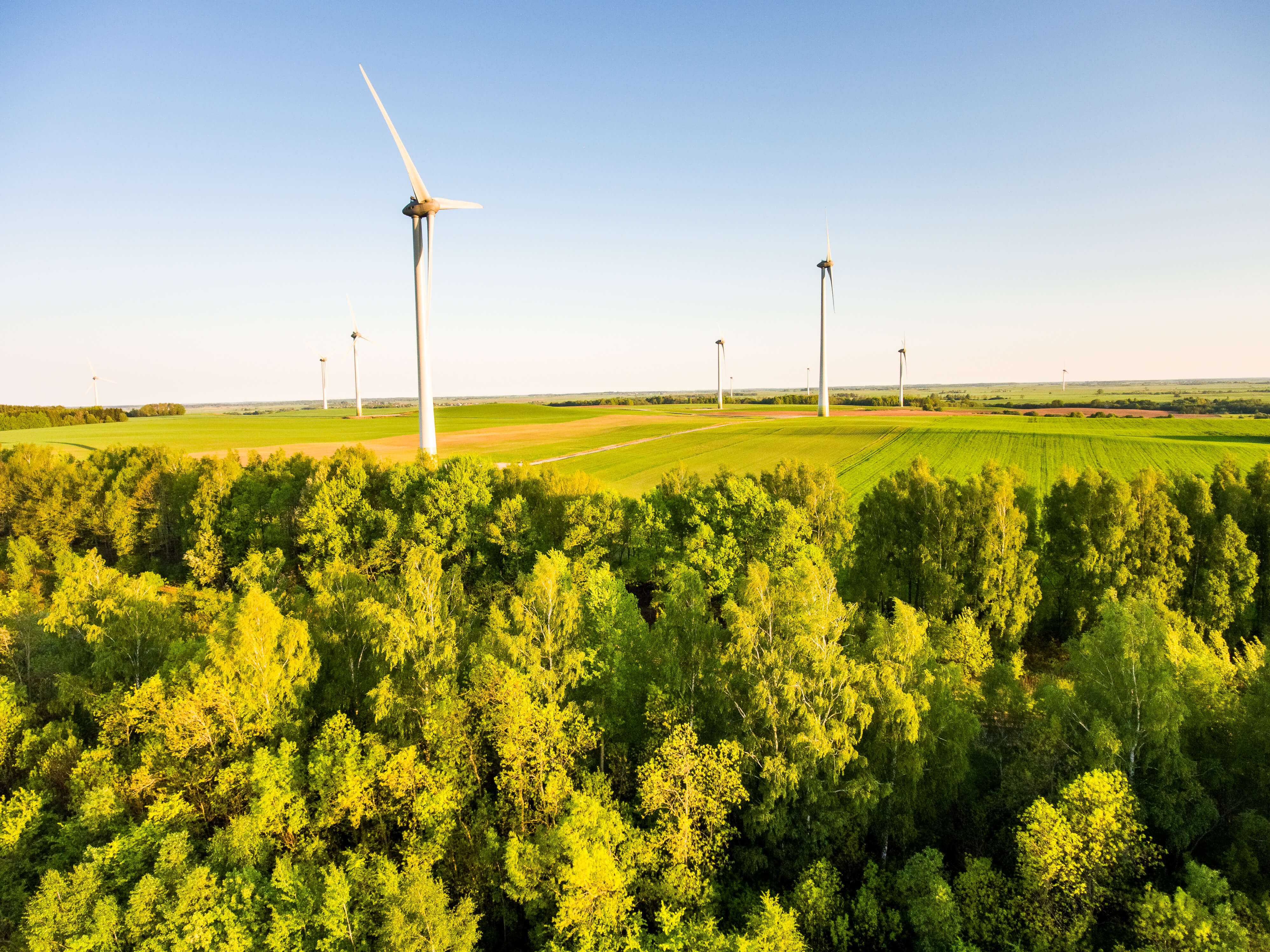Wind energy development: soon wind produce 16 percent of the electricity needed by the EU
Over the next five years, the wind energy sector in Europe will undoubtedly grow. Nonetheless, political insecurity, and in some cases a lack of ambition, are raising questions about the future of this industry. Such conclusions were presented by WindEurope in the latest Wind Energy Outlook in Europe report on the wind energy sector.
On average, the generation of electricity from wind power will increase by about 17.4 GW annually until 2022. In the next five years, with a total installed capacity of 87 GW of new wind farms, the total capacity in Europe will reach 258 GW. Furthermore, the combined power of the planned new onshore wind farms will amount to 70.4 GW and 16.4 GW will be generated at sea.
All of this will allow the wind energy sector to produce 16 percent of the electricity needed by the European Union (EU). By comparison, in 2017 the wind power plants produced about 12 percent of the electricity needed by the EU and surpassed hydroelectric power plants. This means that wind power production has already outpaced the production of electricity from other renewable sources. New, even larger, turbines will allow for a further increase in the wind power generation capacity. 4 MW + power turbines are now completely normal onshore, while 8 MW + turbines are common offshore.
“Europe’s wind energy sector will show solid growth over the next five years. But this development is largely driven by yesterday’s decisions. The prospects for new investment decisions with regard to the next five years are not yet clear. Most governments have not yet approved the plans for the development of new wind farms by 2030. To a large extent, it is difficult to get permits for the construction of new parks,” said Giles Dickson, Head of Wind Europe.
According to Mr Dickson, each country has also specific challenges that it will still have to solve. In Germany, for example, auctions for the construction of wind farms onshore were unsuccessful last year. This will lead to lower levels of development over the next few years and job losses in the sector. At the same time, France is busy deciding who can issue permits for the construction of power plants, so in the short term these developments could also be halted.
Germany (73 GW in 2022), Spain (30 GW) and the United Kingdom (26 GW) are expected to remain the leaders in the wind energy sector. In addition to that, the German proportion of newly installed power plants will drop from 40 percent to 24 percent over the next five years. The most rapid growth of the sector in 2019 will be seen in Spain and Sweden.
Over the next five years in Europe, we will see not only growth the wind energy sector, but also the end of the oldest, first-generation turbines. In 2022, the 22 GW power wind turbines will be more than 20 years old. Some of these turbines will be replaced by more powerful ones, and some will be completely dismantled.
In Europe, over the next five years, 25 percent of the wind power will be installed in terms of the global scale.
Post a comment
You must be logged in to post a comment.


